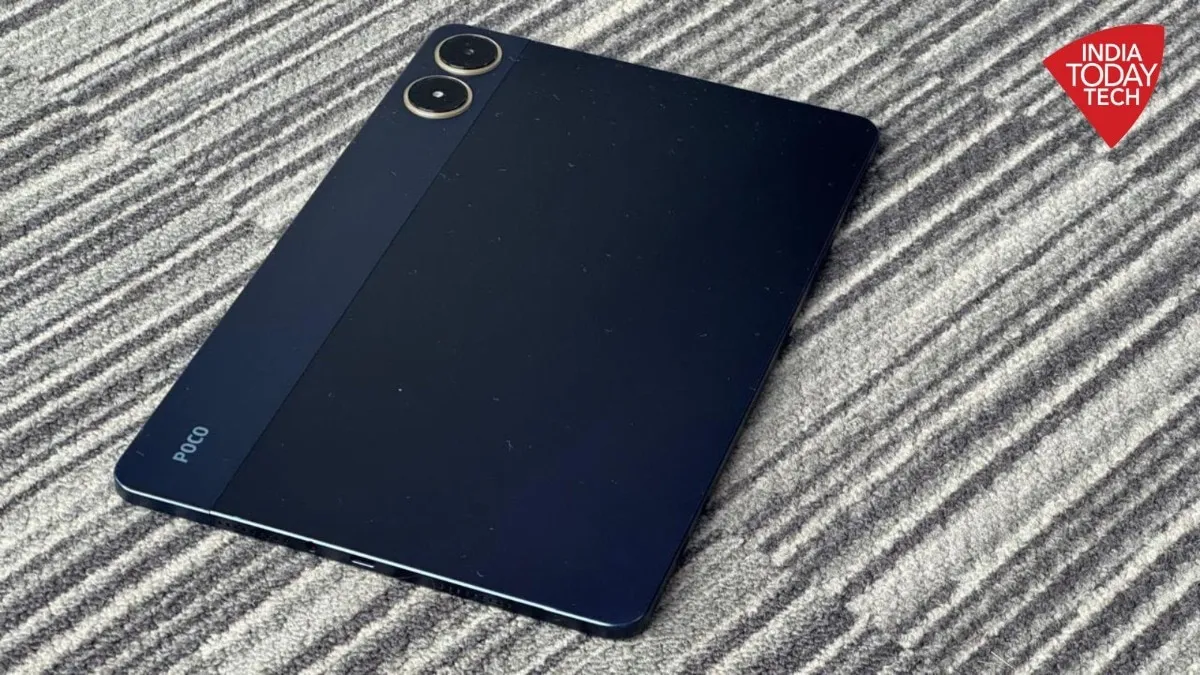Poco Pad Review: A Comparison Against the Redmi Pad and Features That Shine

Poco Pad Review: A Tablette that Stands Out
The Poco Pad review reveals how this device competes in the budget tablet market. By blending affordability with top-notch specifications, it gives stiff competition to the Redmi Pad. Available at a price of Rs 23,999, this tablet features a 12-inch display with a resolution of 2560 x 1600, promising a vibrant viewing experience.
Poco Pad vs Redmi Pad: Design and Build Quality
In the physical aspects, the Poco Pad's lightweight design makes it portable—ideal for users on the go. With a solid build, this tablet includes unique features like a 3.5mm headphone jack and camera placements that are functional yet stylish. However, some may find the button positioning a bit awkward.
- 12-inch LCD display
- Decent brightness levels
- Quad-speaker setup with Dolby Atmos
Performance Overview
Powered by the Snapdragon 7s Gen 2 CPU, the Poco Pad runs on HyperOS based on Android 14, making it suitable for multitasking and gaming on moderate settings. The storage expands up to 1.5TB, allowing heavy users ample space for applications.
Battery Life: Poco Pad's Biggest Strength
Perhaps its best feature is the robust 10,000mAh battery, ensuring all-day usage without frequent charging. Coupled with 33W fast charging, efficiency is maintained throughout the usage period.
Camera Capabilities
While tablet cameras aren’t traditionally impressive, the 8MP rear and front camera of the Poco Pad is adequate for video calls and casual shots, although detailed photography may fall short.
Final Verdict: Should You Choose the Poco Pad?
The Poco Pad aims to please with its strong feature list, great battery life, and affordability. Ideal as a multitasking device for entertainment and casual working, it presents stiff competition against the Redmi Pad. If you seek a reliable tablet that offers a stable experience without a hefty price tag, the Poco Pad is a worthy consideration.
This article was prepared using information from open sources in accordance with the principles of Ethical Policy. The editorial team is not responsible for absolute accuracy, as it relies on data from the sources referenced.